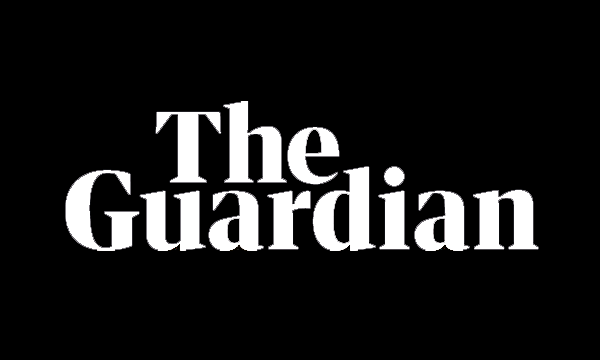
It’s James Bond Day this Sunday, if you didn’t know – 5 October is now a celebration of all things 007, thanks to this being the date of the world premiere of Dr No, the very first Bond film, starring Sean Connery, in 1962. Imagine it as a bit like Star Wars Day, with fewer Wookiees and Ewoks and a whole lot more tuxedoed swagger.
This year though, the advent of JBD (as no one has ever called it) is bit of a damp squib. It hasn’t been that long since Denis Villeneuve was announced as the director of the next Bond film (June, in fact) and even less time since Peaky Blinders’ Steven Knight was hired to write the script. But there’s been little to no sign since then of the new 007 actually being revealed, and even less sense of where this venerable franchise is going next. All we have are whisperings on the wind via the Hollywood trades to the effect that the film-makers will be looking for a relatively youthful (in his 20s or 30s) Brit, who could be a person of colour but is not going to be a woman, a franchise star, or anyone we’ve vaguely heard of.
This is, of course, disappointing news for the hordes of online bookmakers who have been making a pretty penny for months now out of trying to convince punters that it is a race between Callum Turner, Aaron Taylor-Johnson, Henry Cavill, Theo James, Leo Woodall and that hunky guy in Saltburn who’s secretly Australian.
Intriguingly, the last time the movie franchise actually went for a complete unknown was in 1969, when George Lazenby briefly took up the Walther PPK. Before that, Connery himself certainly wasn’t a star: he had had a few minor film roles and done a bit of stage and modelling work (he was famously in the chorus line of the touring version of South Pacific) as well as working as a bodybuilder and milkman in Edinburgh before taking the lead role in Dr No. Producers Cubby Broccoli and Harry Saltzman specifically didn’t want a household name; they wanted someone fresh whom audiences would accept as Bond himself, rather than as an actor playing Bond.
Repeating this trick could turn out to be an ingenious move, just as it was in the early 1960s.
But getting Villeneuve involved means that there is no get-out clause at all if this new Bond turns out to be a stiff. Dialling up the exploding pens and innuendo is no longer an option when your new director is a solemn auteur of genre film-making best known for ponderous sci-fi epics where the loudest sound is the audience’s own existential dread.
And yet, in many ways, hiring Villeneuve tells us everything we need to know about the new post-Daniel Craig direction. There are not going to be any invisible cars or double entendres, and we probably won’t be getting Sheriff JW Pepper back any time soon either. All of this is, of course, absolutely fine if you like your 007 with a modern twist. But it doesn’t tell us how Villeneuve’s take on Britain’s suavest state-sponsored assassin will stand out from the 007s who immediately preceded him (especially if the new era doesn’t choose to take the whole story back to Ian Fleming’s original 50s and 60s setting).
Craig was immediately recognisable as a new kind of dapper super-spy when he arrived on the scene in 2006’s Casino Royale, a bruiser in a dinner jacket who would never be caught dead in an invisible car, or trading sex puns with Denise Richards while defusing a nuclear warhead. He made Pierce Brosnan’s gadget-addled smoothie, who only a few years previously had been considered by some as the best Bond since Connery, look like a karaoke Connery left too long in the microwave. Not that this is anything new. Lazenby (briefly) followed Connery, Brosnan followed the underrated Timothy Dalton, and cheesy late-era Roger Moore followed brilliantly dead-eyed and callous early Roger Moore. Every era of 007 redefines the last one, yet they are all in their own way James Bond 007, and worth raising a glass to. It’s just a little weird, as we apparently celebrate this year’s Bond Day, that we are being invited to toast one who doesn’t even exist yet.







